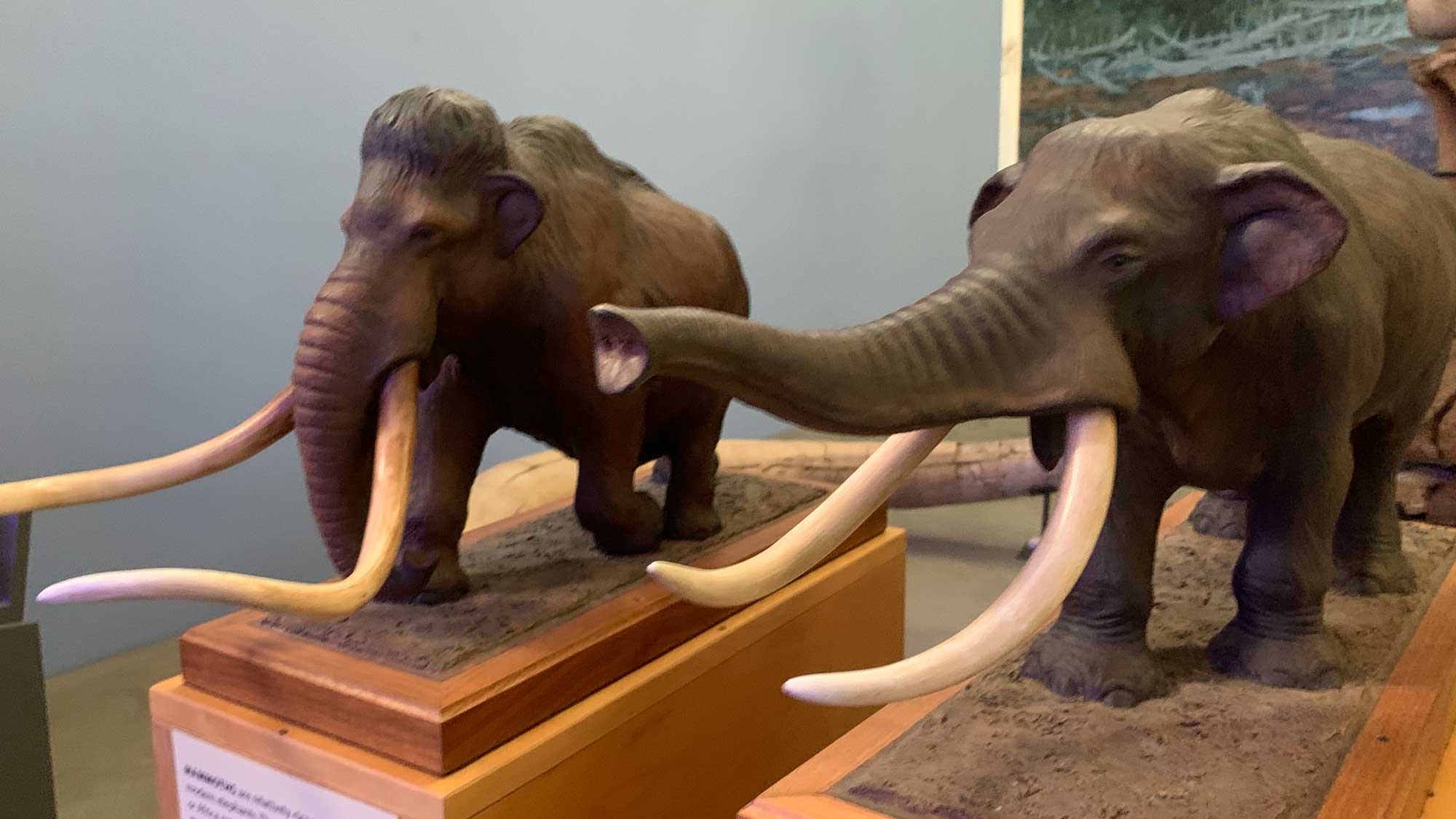
I’m really enjoying running on-line tuts with Schol Bio students, because the questions & discussions are so interesting. (So, hopefully the students enjoy them too!) Last week we got onto talking about the enzyme lactase and the fact that in some populations many individuals continue to produce it into adulthood (thus making them lactose-tolerant, & […]
Continue reading






